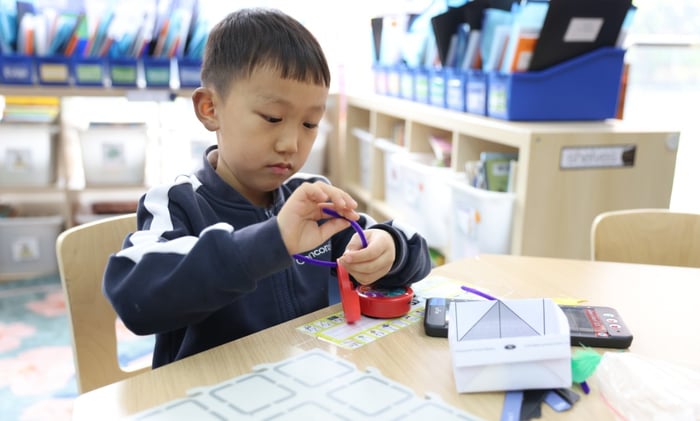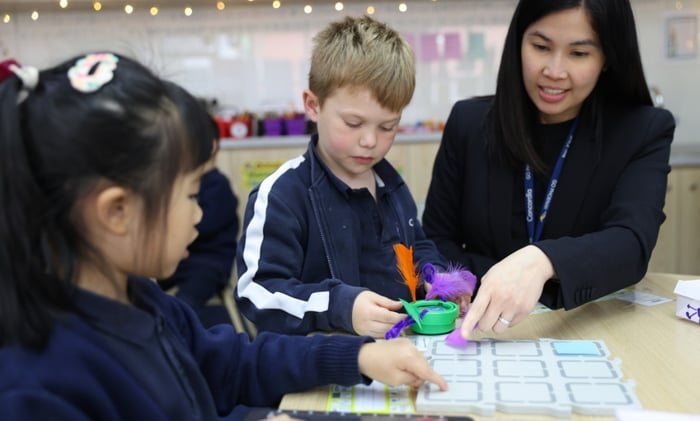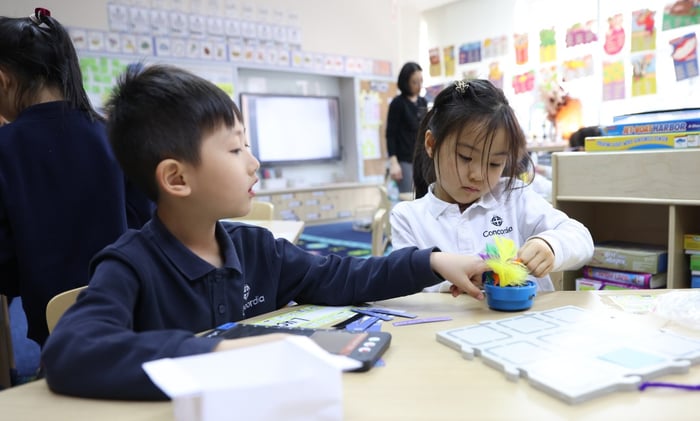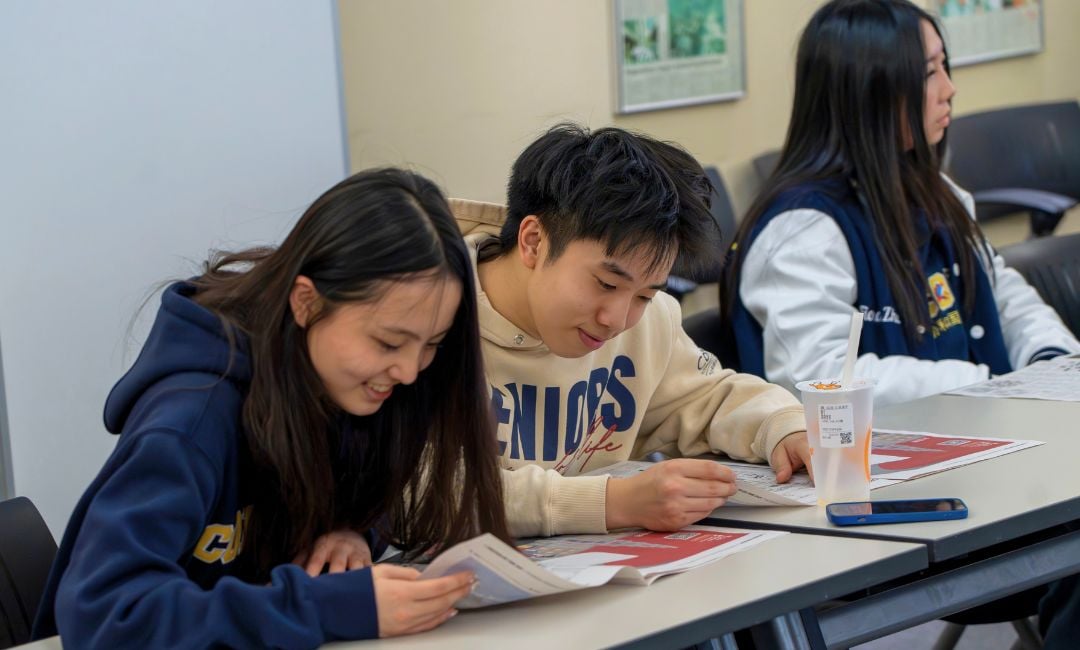In today's digital world, it has become increasingly relevant to prepare children for the future by introducing them to computational thinking (CT) at a young age as researchers and teachers are starting to find out how digital natives navigate their environment (Roussou, 2022).

CT involves problem-solving, designing systems, and understanding human behavior by drawing on the fundamental concepts of computer science. It is a thinking process that promotes creativity, innovation, and new ways of understanding natural and social phenomena.
Robotics has been used as a tool to introduce CT and STEM knowledge to children, and it has been proposed as developmentally appropriate for the early childhood setting (Gerosa et al., 2022; Roussou, 2022). Robots allow young learners to represent abstract ideas in a concrete setting, promoting motivation and engagement while learning STEM subjects and easing their transition to programming through relatable and practical hands-on experiences.

Concordia's kindergarten students are being introduced to the world of robotics and computational thinking, with a focus on hands-on experiences, collaboration, and problem-solving. Our experienced teachers work tirelessly to create a fun and engaging learning environment that promotes critical thinking, problem-solving, and collaboration. Our integration of robotics into our program is designed with these factors in mind, using programmable robots as tools for learning and inquiry-based learning.
Our teachers facilitate collaborative activities that encourage students to work together in groups, problem-solve, and share their ideas. Students are given the opportunity to engage in hands-on, interactive experiences that enhance their understanding of fundamental computational thinking concepts. In this way our program isn't just about robotics and computational thinking, we use these opportunities to emphasize literacy and math skills, integrating them into our activities to help our students develop a well-rounded understanding of the world around them. For example, students may be tasked with programming a robot to follow a set of instructions, which in turn helps them develop their reading comprehension and logical thinking skills. These set of instructions can be given as an addition set on a number line, as story in which the character moves on a grid to find their destination, and many more similar situations.

Our program is made possible by our innovative and experienced teachers, who understand the importance of early childhood education and are committed to providing our students with the best possible learning experience to prepare students to tackle problems that don't yet exist, making this an essential aspect to prepare children for the future by introducing them to CT and promoting their problem-solving skills.
As modern school curricula around the world are gradually including the development of CT, incorporating it into primary education has become equally important as the traditional core subject areas. It is important for educators to understand the value of CT skills and to provide opportunities for children to develop them. By developing CT skills in children, Concordia prepares students for the challenges of the future and enables them to become problem-solvers and innovators.
References
Gerosa, A., Koleszar, V., Tejera, G., Gómez-Sena, L., & Carboni, A. (2022). Educational robotics intervention to foster computational thinking in preschoolers: effects of children's task engagement. Frontiers in Psychology, 13, 2734. https://doi.org/10.3389/fpsyg.2022.904761
Roussou, E. (2022). Computational Thinking and Robotics in Kindergarten: An Implemented Educational Scenario. In S. Y. Lim, S. C. Kong, & H. Yang (Eds.), Handbook of Research on Integrating ICTs in STEAM Education (pp. 84-108). IGI Global.




